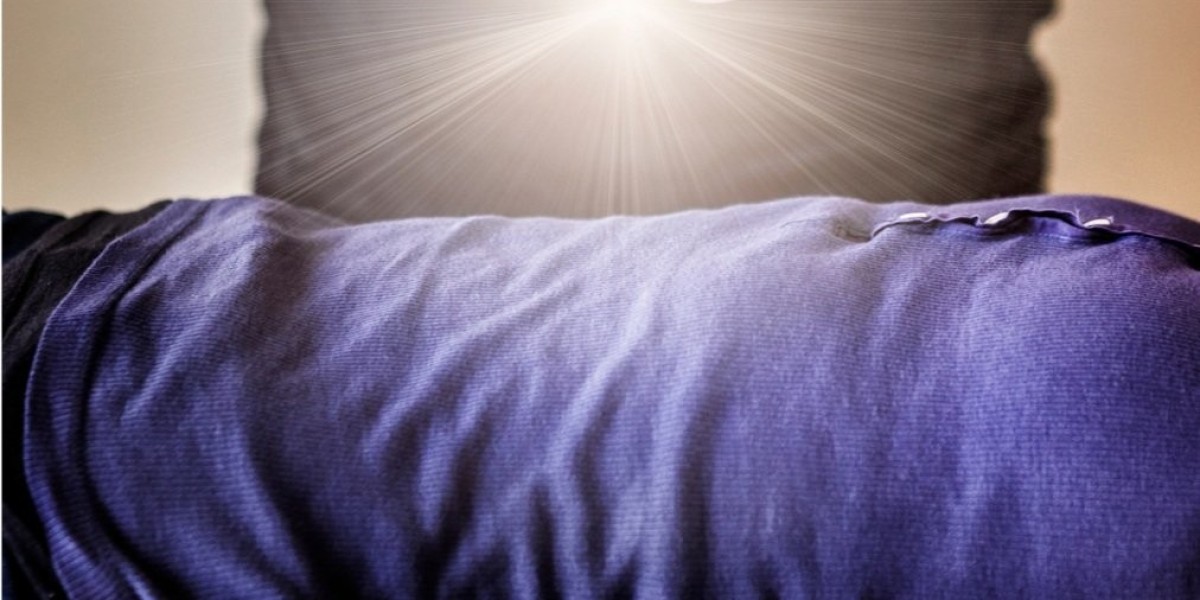Wearing socks with climbing shoes is a personal choice, and both options have their pros and cons depending on comfort, fit, and the type of climbing you're doing. Here's a breakdown of the key factors to consider:
Wearing Socks with Climbing Shoes
Pros:
- Comfort: Socks can add a layer of cushioning, reducing pressure on your feet, especially during long climbing sessions.
- Sweat Absorption: Socks help absorb sweat, keeping your feet drier and potentially reducing odor in the shoes.
- Warmth: Socks can provide warmth if you're climbing in colder conditions or outdoors.
- Prevents Chafing: Socks can help reduce friction, preventing blisters or hot spots on your feet.
Cons:
- Reduced Sensitivity: Climbing shoes are designed for maximum sensitivity to help you feel the rock. Socks can reduce this precision, making it harder to grip and balance on holds.
- Fit Issues: Climbing shoes are meant to be snug, and wearing socks can create a looser fit, reducing performance. A tight, form-fitting shoe allows for better control.
- Less Grip: Some climbers believe socks can make your feet slip slightly inside the shoe, reducing your overall grip on the rock or wall.
Wearing No Socks with Climbing Shoes
Pros:
- Better Fit: Without socks, the shoe molds more closely to your foot, enhancing precision and control.
- Increased Sensitivity: You get better feedback from the rock, which is important for both indoor and outdoor climbing, especially when tackling technical routes.
- Improved Grip: No socks mean no movement between your foot and the shoe, leading to a more stable and secure feel.
Cons:
- Less Comfort: Climbing shoes can feel uncomfortable, especially if worn for long periods, without the cushioning of socks.
- Sweat & Odor: Without socks to absorb sweat, climbing shoes can quickly become sweaty and smelly, requiring frequent cleaning or airing out.
- Risk of Blisters: In tighter shoes, friction can increase without the protective layer that socks provide, leading to potential blisters.


